3 clear signs it’s time to take down your hummingbird feeder – before winter sets in
Don’t take your feeder down too soon – doing so can harm hummingbirds preparing to migrate. Here’s how to time it just right

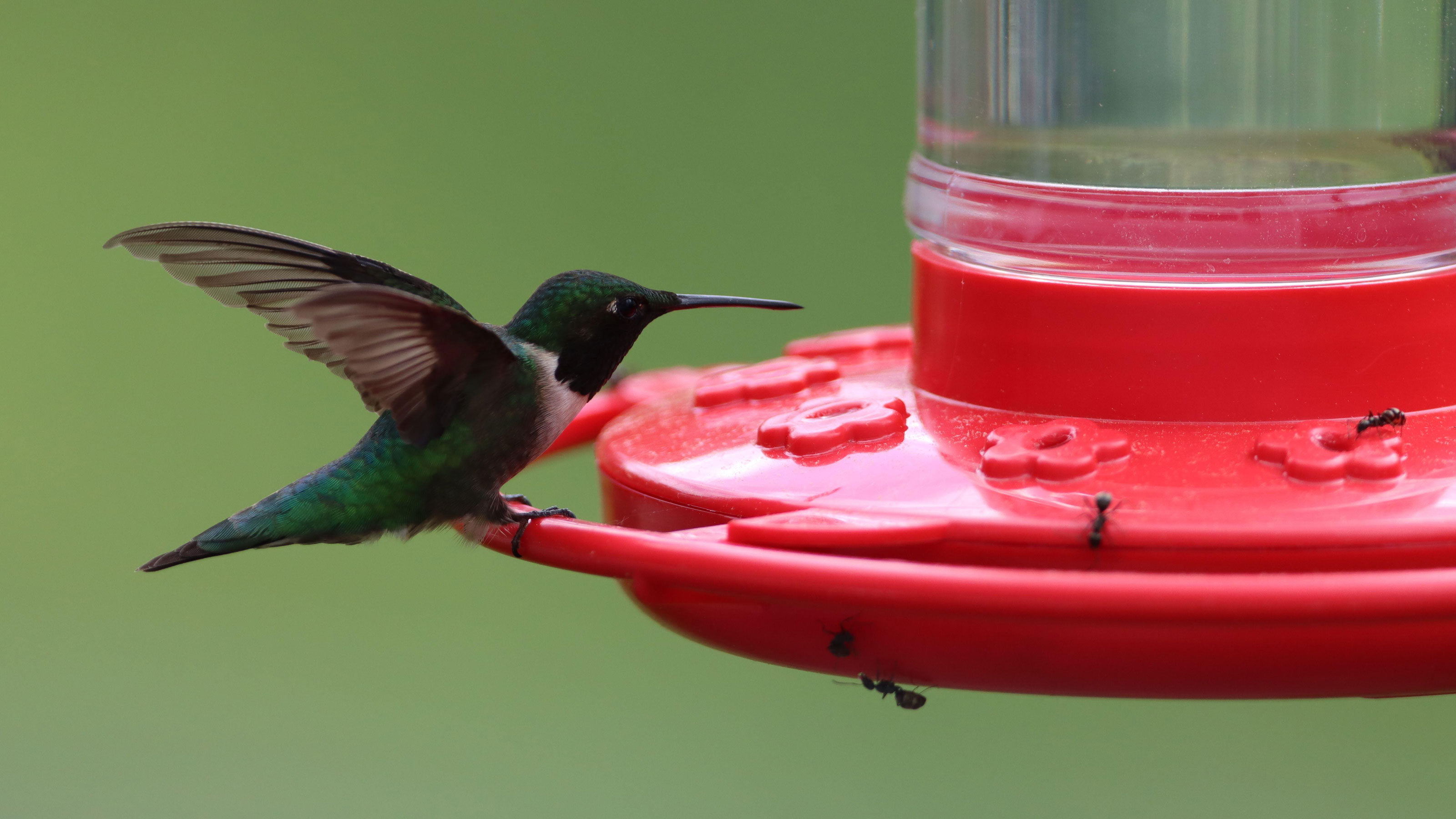
As the days get shorter and the weather cools, many bird lovers wonder when to take down their hummingbird feeders. The answer is simple: leave it up for as long as possible. Hummingbirds rely on feeders to build vital fat reserves for their long journey south, and a full feeder can be a lifeline for late-migrating stragglers.
Remember, knowing when to put out a hummingbird feeder in the spring or maintain it in the fall is important, but leaving it up late in the season won’t stop migration. Their journey is guided by natural instinct, daylight, and climate – not by whether food is available. Removing it too early can leave hungry birds without the energy they need for their journey.
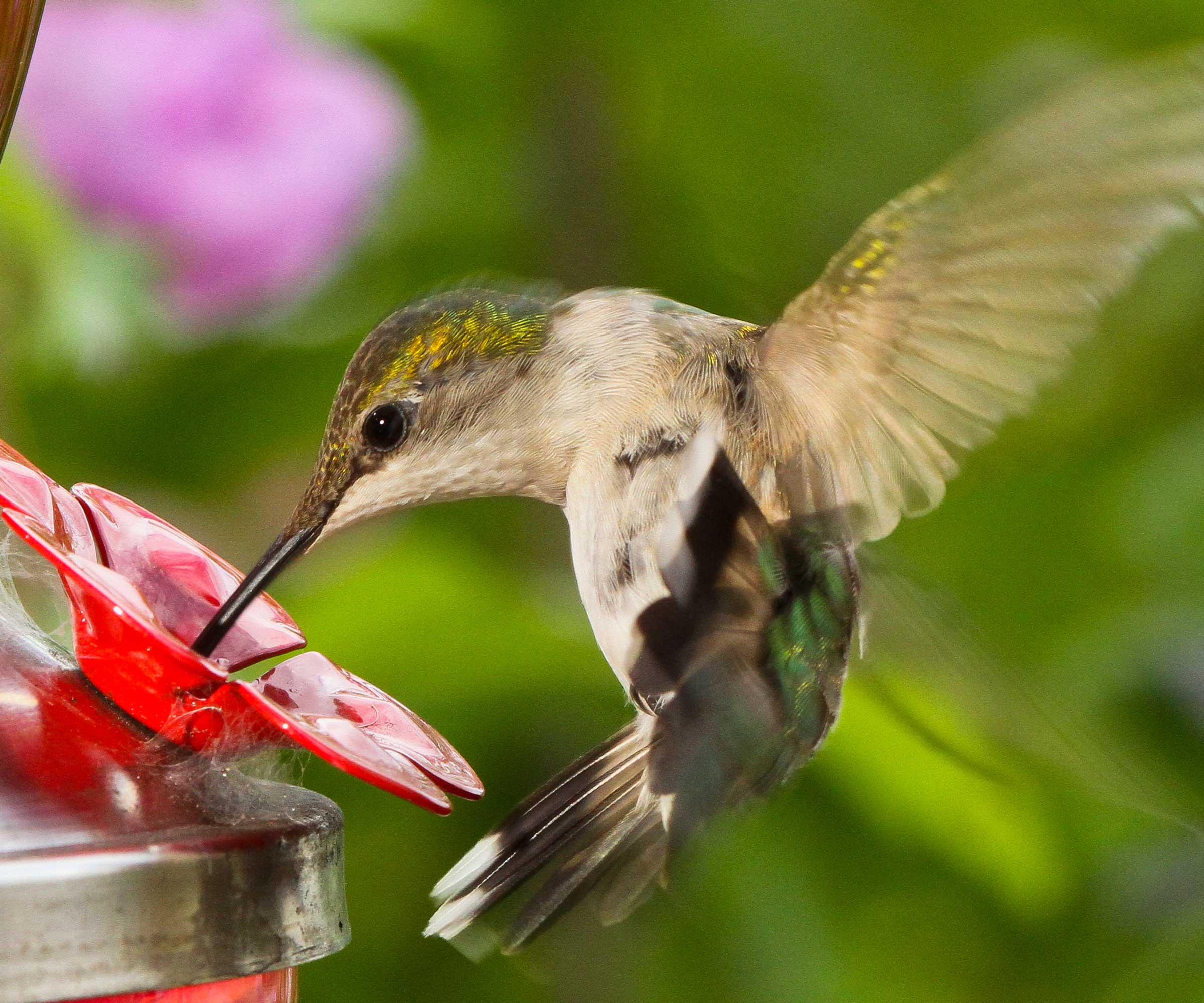
Key signs it's time to take down your hummingbird feeder
Here's how to know you've supported your local hummingbirds through their migration, and it's time to put your feeder away for the season.
1. You haven't seen a hummingbird in weeks
Taking down a hummingbird feeder too early is a common hummingbird feeder mistake. The most reliable sign that it’s time to take down your feeder is a quiet feeder. In northern regions, like Canada and the northern U.S., most hummingbirds begin migrating by early September, and it’s generally safe to remove feeders by mid-October.
In the southern U.S. or along the Gulf Coast, you may still see hummingbirds visiting feeders in November or even December, as some stay longer during their migration. In milder southern climates, a few hummingbirds may even overwinter, so there’s little reason to rush the takedown.
Tom Monson, owner of Monson Lawn and Landscaping, explains, ‘If you live in northern locations, most hummingbirds start migrating by early September. In southern areas, birds may linger longer as they head south. Waiting ensures they have the food they need.’
To be safe, wait at least two weeks after you see the last hummingbird before removing your feeder. This gives late travelers enough time to access food before leaving the area.
Design expertise in your inbox – from inspiring decorating ideas and beautiful celebrity homes to practical gardening advice and shopping round-ups.

Tom Monson started his lawn care company in 2009 at the age of 16, and Monson Lawn and Landscaping now services hundreds of residential and commercial properties in the Twin Cities area.
2. Temperatures drop consistently below freezing
Freezing temperatures can damage your feeder and make nectar inaccessible to hummingbirds. If your area experiences a cold snap or a prolonged freeze, it’s a good idea to bring the feeder inside. To continue providing food for late visitors, you can prevent the nectar from freezing by using a feeder heater or by bringing the feeder indoors at night and returning it in the morning.
We recommend this Heated Hummingbird Feeder from Amazon.
3. Feeder maintenance becomes a challenge
It’s vital to keep up with cleaning hummingbird feeders regularly. A dirty feeder can be dangerous for hummingbirds. If you can’t maintain regular cleanings and the feeder becomes moldy or infested with pests like ants, it’s best to take it down. A clean feeder is essential for the birds’ health – an unkempt one can do more harm than good. You can always clean it and put it back out once you’re able to maintain it properly.
An unclean feeder is more than just unappealing and can lead to ants in hummingbird feeders becoming a nuisance. Sugar water can also quickly harbor mold and bacteria, especially in warm weather. If ingested, these pathogens can cause a fungal infection called candidiasis, which swells a hummingbird’s tongue and prevents it from feeding – often leading to a slow, tragic death from starvation. If you can’t commit to cleaning a hummingbird feeder every 2–3 days during warm months, it’s safer to take it down until you can maintain it properly.
By paying attention to these three signs, you can ensure that you've given the hummingbirds in your area the best possible support for their epic journey. Looking for other ways to help? Consider planting native flowers that hummingbirds love to create a natural, long-term food source in your yard.
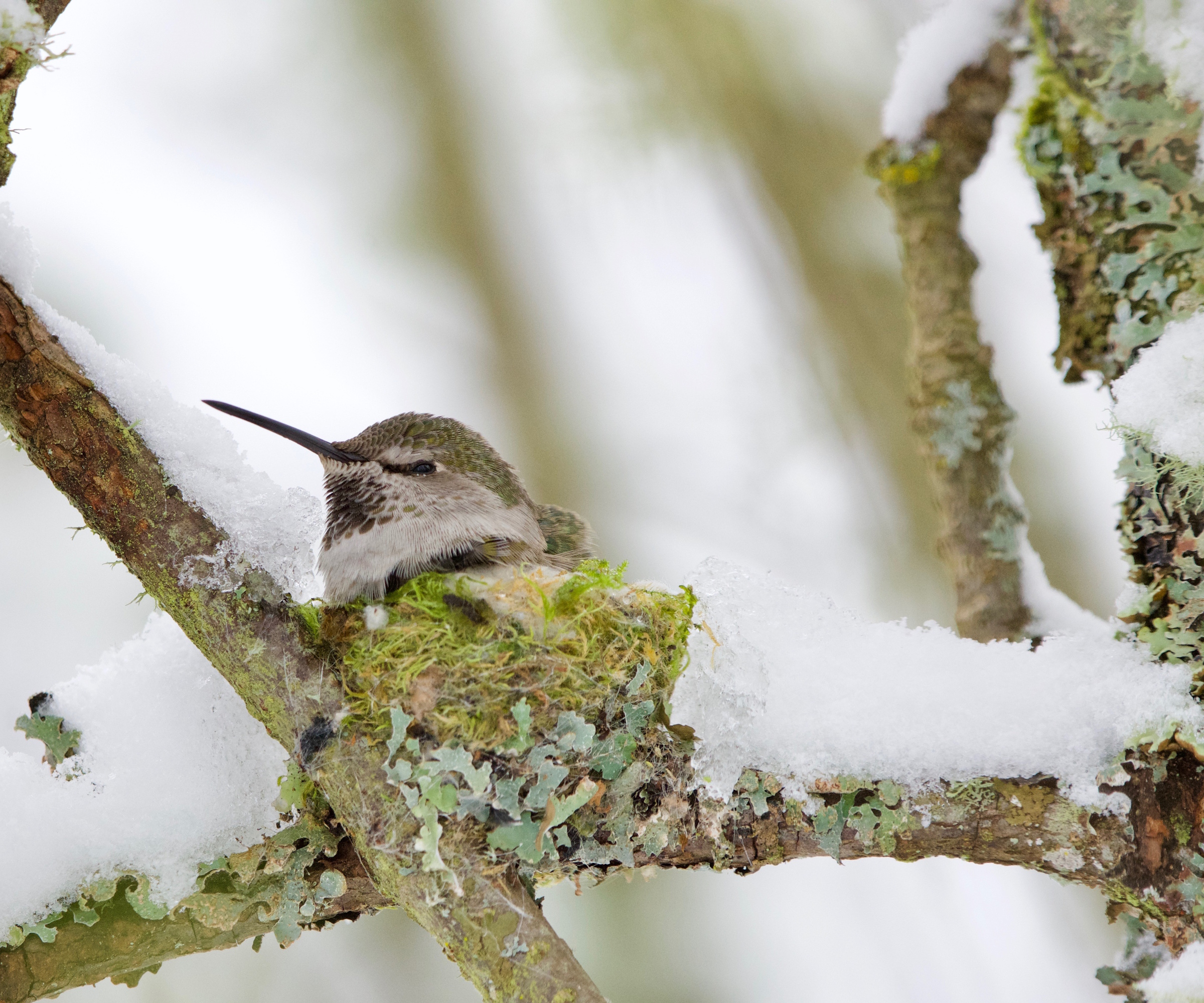
Shop hummingbird feeder accesories
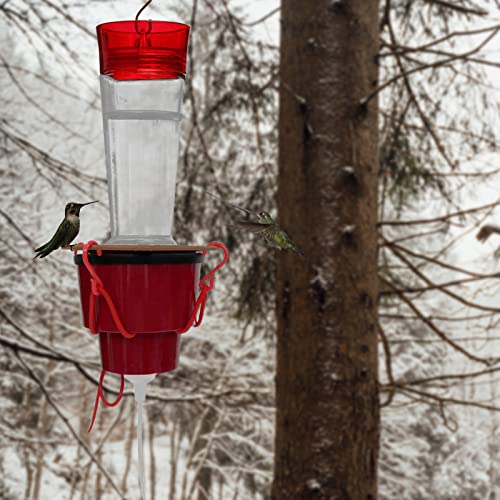
Keep your hummingbirds nourished all winter with this durable feeder heater. A 15-watt bulb gently warms nectar to prevent freezing, keeping it liquid even in temperatures as low as 5°F (-15°C). Built from thick, heavy-duty plastic with a secure sealing ring, it blocks snow and moisture while supporting a heavy weight. Easy to install with elastic straps and hooks, it fits most flat or round-bottomed feeders (5.5–7.87 in / 14–20 cm).

Enjoy year-round hummingbird watching with this ant-proof, flower-port feeder. The 21oz capacity means fewer refills, and the 2K ultra-wide camera captures every feather in stunning detail. AI-powered bird recognition identifies over 11,000 species, while the solar-powered 5200mAh battery lasts up to 6 months. IP65 waterproof design ensures all-weather use, and family-friendly sharing lets up to 3 users enjoy the view.
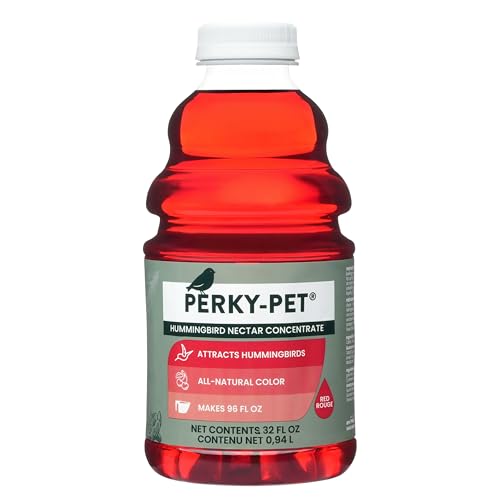
Keep hummingbirds happy with this easy-to-use nectar concentrate. Simply mix with water – no boiling needed. Made from 100% sucrose, it provides essential energy, and the vibrant red color attracts hummingbirds to your feeder. Makes up to 128 oz of nectar, with no refrigeration required – perfect for native migrants on the move.

Lola Houlton is a news writer for Homes & Gardens. She has been writing content for Future PLC for the past six years, in particular Homes & Gardens, Real Homes and GardeningEtc. She writes on a broad range of subjects, including practical household advice, recipe articles, and product reviews, working closely with experts in their fields to cover everything from heating to home organization through to house plants. Lola is a graduate, who completed her degree in Psychology at the University of Sussex. She has also spent some time working at the BBC.